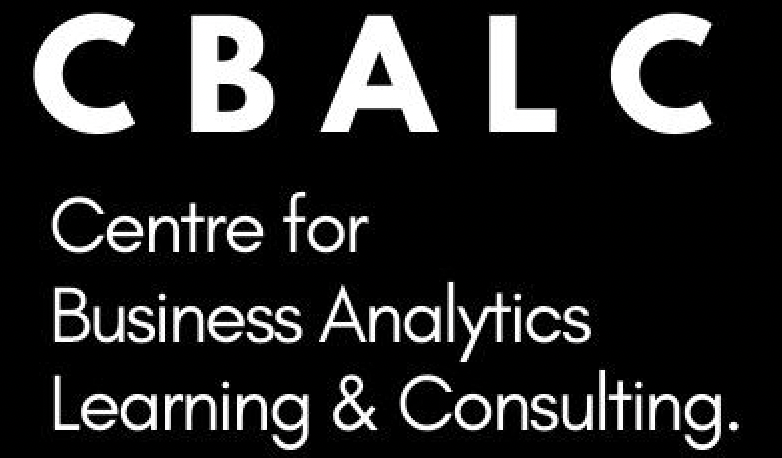In today’s data-driven world, organizations recognize the significance of people analytics in optimizing HR processes and driving business success. People analytics, the use of data and advanced analytics to gain insights into workforce behaviour and performance, has emerged as a powerful tool for making informed HR decisions.
However, implementing a successful people analytics strategy is not without its challenges. In this knowledge article, we explore the common challenges faced by organizations in implementing a people analytics strategy and provide practical solutions to overcome these obstacles.
Data Quality and Availability
One of the primary challenges in implementing a people analytics strategy is the quality and availability of data. HR data may be scattered across multiple systems, inconsistent, or outdated, making it difficult to derive meaningful insights. Additionally, ensuring data privacy and security is essential to protect sensitive employee information.
To prevail over this concern, Organizations should invest in data governance practices to ensure data quality, accuracy, and integrity. Cleaning and consolidating data from various sources can be achieved through data integration tools. By adhering to data protection regulations and implementing access controls, organizations can maintain data security and privacy.
Technology Integration
Integrating people analytics technology with existing HR systems can be complex and time-consuming. Different platforms may have incompatible data formats, leading to data integration challenges. Moreover, IT and HR teams may have different priorities and technical expertise, leading to misalignment.
To get past this issue, Collaboration between IT and HR teams is crucial for successful technology integration. Clearly defining roles and responsibilities, setting realistic timelines, and establishing open lines of communication can foster a collaborative approach. Investing in robust integration tools and working with experienced vendors can streamline the process and reduce integration complexities.
Skill Gaps and Training
HR professionals may lack the necessary data analysis skills to effectively leverage people analytics tools. Understanding and interpreting data insights require a blend of HR expertise and analytical capabilities, which may be lacking in traditional HR roles.
To rise above of this challenge, Organizations should invest in comprehensive training and upskilling programs for HR professionals. Providing training in data analysis, data visualization, and statistical tools empowers HR professionals to confidently use people analytics for decision-making. Partnering with analytics consultants or hiring data experts can also bridge skill gaps in the initial stages of implementation.
Resistance to Change
Implementing a people analytics strategy represents a significant change for the organization, and resistance from HR professionals or other stakeholders is not uncommon. Fear of job displacement or discomfort with data-driven decision-making may hinder adoption.
To surmount this, Change management strategies should be integrated into the implementation plan. Communication and education on the benefits of people analytics are essential in addressing resistance. Demonstrating success through pilot projects and showcasing data-driven successes can build confidence and encourage adoption.
Demonstrating ROI
Proving the return on investment (ROI) of a people analytics strategy can be challenging. Measuring the impact of data-driven HR decisions on business outcomes may require time and sophisticated tracking mechanisms.
The best practice is to clearly define key performance indicators (KPIs) aligned with organizational goals. Track and measure the impact of people analytics on HR metrics, such as talent acquisition efficiency, employee retention rates, and productivity. Establishing a feedback loop to continuously assess the strategy’s effectiveness enables ongoing improvements and supports future investment decisions.
Organizational Culture
Organizational culture can be a barrier to people analytics adoption. In some organizations, a lack of data-driven culture or resistance to change may hinder the implementation process.
Leadership plays a vital role in shaping the organizational culture. Senior executives should champion data-driven decision-making and promote the value of people analytics. Celebrating data-driven successes, recognizing data-savvy HR professionals, and incorporating data-driven initiatives into performance evaluation can foster a data-driven culture.
Scope and Complexity
Defining the scope of a people analytics strategy and prioritizing initiatives can be overwhelming. A lack of clarity on where to start or the desire to address all HR challenges simultaneously can hinder progress.
To tackle and overcome, start with specific use cases or pilot projects to demonstrate the value of people analytics. Identify low-hanging fruit or areas with the most significant impact on business outcomes. Gradually scale up the strategy based on successes and learnings from initial projects.
Conclusion
Implementing a people analytics strategy is a transformative endeavour that can revolutionize HR practices and drive business success. While challenges in data quality, technology integration, skill gaps, resistance to change, demonstrating ROI, organizational culture, and scope exist, organizations can overcome these obstacles with thoughtful planning and strategic solutions.
Embracing people analytics as a core component of HR decision-making empowers organizations to optimize talent management, enhance employee engagement, and achieve sustainable growth. By addressing these challenges head-on, organizations can position themselves as data-driven leaders in their industry, attract and retain top talent, and create a future-ready workforce. With a commitment to data excellence and a culture of continuous improvement, organizations can implement their people analytics strategy and drive a lasting business impact on their business.
– Vansh Khurana







